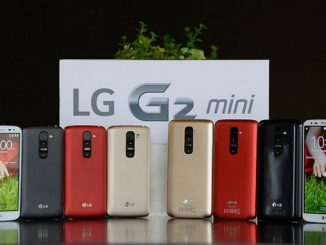The mature Indian mobile consumers’ increasing preference for high-end handsets and the younger demographics’ desire to use mobile Web 2.0 technologies could see the mobile handset market’s revenues soar from INR 255.91 billion in 2010 to INR 350.05 billion in 2016.
India is the second largest mobile handset market in the world after China and is poised to become an even larger market with unit shipment of 208.4 million in 2016 at a compound annual growth rate (CAGR) of 11.8 per cent from 2010 to 2016.
New analysis from Frost & Sullivan, The Mobile Handset and Smartphone Market in India, finds that the mobile handset market had unit shipment of 104.9 million in 2010 and expects this to touch 208.4 million in 2016. The smartphone market had unit shipment of 2.9 million in 2010 and anticipates this to grow to 29.4 million in 2016.
With, end users’ need for converged devices and original equipment manufacturers’ (OEMs’) accelerated adoption of open-source operating systems (OSs) such as Android and Symbian, the mobile handset-smartphone combination is emerging as the future growth engine of the telecom industry.
In 2011, the mobile market is likely to witness almost a three-fold increase in the number of participants. This is expected to result in a price war and a consequent squeezing of profit margins. In 2010, the decline in the average selling price (ASP) of mobiles by 11.3 per cent opened up possibilities of market consolidation.
The intense competition is also compelling handset manufacturers to enhance the application ecosystem and invent products. While market entrants are likely to be daunted by the sheer numbers in the market, they will identify abundant opportunities in the rural and semi-rural market for the next three to four years.
“For the mobile handset market, the rural market offers exciting prospects due to its significant uptake of feature phones,” says Frost & Sullivan. “The rural and semi-rural markets accounted for 65 per cent of sales for most Indian manufacturers in FY2010.”
In the case of smartphones, most existing global brands are concentrating on building application stores and improving service quality to offer an attractive value proposition and strengthen their market position. Entrants will be particularly focused on branding, as a smartphone is a high-involvement product and the brand is a vital purchase criterion.
While smartphone consumers are also price conscious, it will not be possible for manufacturers to subsidise due to the operation of an open market rather than an operator-leveraged distribution model. Moreover, 70 per cent of the Indian population consumes only voice services, and mobile data services have not yet achieved large-scale popularity. However, this is set to change with the reduction of mobile Internet charges by telecom service providers and the introduction of 3G in India.
The market is also witnessing the influx of a new class of affordable handsets, which are classified as ‘smartphone-like’ devices, with touch screens and other smartphone features.
“In the next five years, the revenue share of smartphones in the mobile handset market is expected to rise steadily, as an increasing number of participants are targeting this space for higher margins,” notes Frost & Sullivan. “This trend is likely to persist, as numerous handset manufacturers are strategizing to deploy more smartphone models in their portfolio.”
In the smartphone market, applications will be a key differentiating factor. The mid-tier price bracket is likely to experience high uptake and hence, manufacturers should strategize on deploying more models in this category.



Be the first to comment